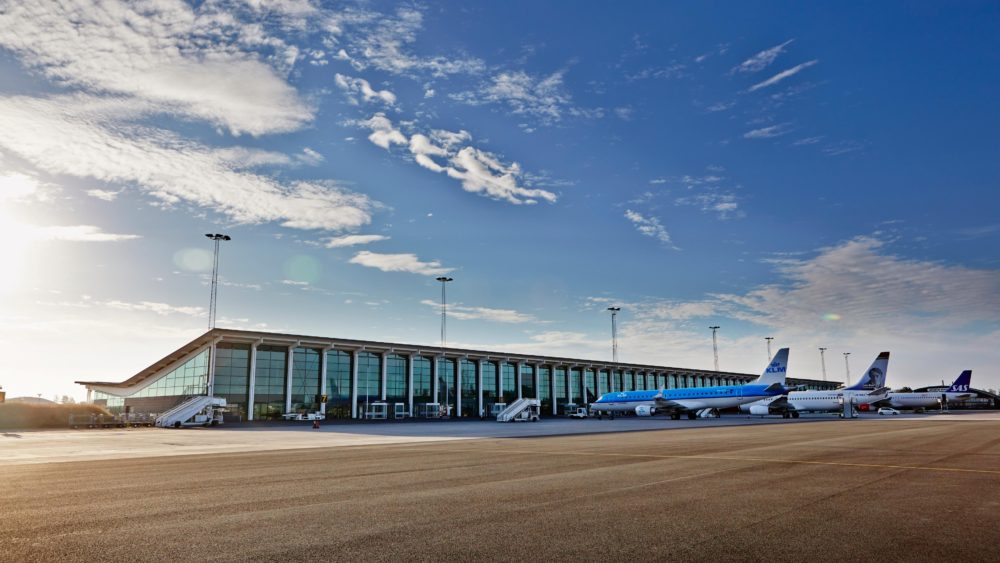Written by Thomas Hugo Møller (Quality and Compliance manager at Aalborg airport).
By using data to understand wildlife behaviour and implementing new active measures, Aalborg Airport (Denmark) has reduced bird strikes by one half in one year.
Aalborg Airport is a growing civil and military airport in the northern part of Denmark. Situated close to the water, with large meadows and huge areas with flooded pastures in the immediate surroundings, managing wildlife is a challenge. Add a rapidly growing Barnacle goose population, and you have a problem. So, what were we to do?
We started by implementing a strict digital recording of all wildlife movements in the area. This lead to a better understanding of the bird behaviour. Due to the digital recording, we were able to map where and when our high-risk species were present and to track their local migration patterns.

Image from Ascend XYZ digital recording solution, showing wildlife recordings based on wildlife risk level in a 4-hour period on the 21st of February.
With this information in hand, we started to focus on our active measures — extra “boots on the ground” in high-risk periods, new tools (e.g., remote controlled gas canons, structured hunts) to target and change local migration patterns. This, combined with education of the bird control units and strong management support, has yielded results. We went from 37 bird strikes (2016) to only 18 strikes (2017), and that with movements increased by 8 %.
What’s next for us?
In 2017 Aalborg airport was a part of the Airshare XYZ project. The Airshare XYZ project currently is supported by 13 European Airlines and more than 90 airports globally. The project is focused on sharing the knowledge, understanding how other airports and airlines are mitigating risks, what works and what doesn’t, and how we get the best effect of the measures we take. We hope to see our colleagues around the world participating and sharing their knowledge in this field.
Aalborg Airport is the first airport in Denmark to install an Avian Radar. Avian Radar allows us to give our bird control units real-time information on bird activity in the airport operations area, enabling them to take immediate actions. By combining our digital recording data with radar data, we expect to gain important insights on the effect of our area management plan. Last but not least, we will be able to map bird activity in our surroundings. It is exciting times — possibilities, understanding, and technology are changing the way we perform wildlife control and reduction. I hope this post inspired you to share insights from your Airport or Airline with the rest of us.
For more information contact Thomas Hugo Møller (Aalborg airport) on LinkedIn.








Comments are closed.